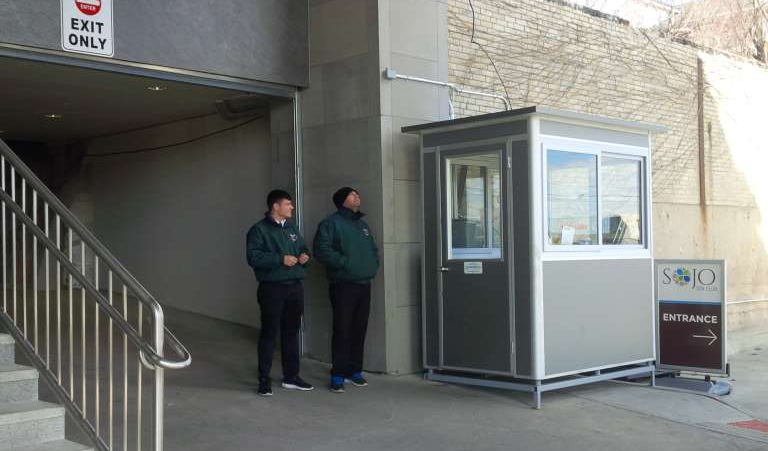A server room is a necessary attachment for businesses (and some homes) to house vital technological equipment such as computer networking devices and data storage servers. They can range in size depending on needs, with some housing as few as ten computers and others equipping over one hundred.
As a server room (also referred to as computer server room) is specifically designed for storing technological equipment, it’s not shocking to hear that server rooms have very specific requirements. Without proper housing and equipment, the technology can be prone to fires, overheating, radiation, and more.
With so much to consider when putting together a server room, it can be somewhat overwhelming. Well, consider this article as your go-to server room guide. Below, you will find all of the necessary structural and equipment requirements to put together a reliable, and more importantly safe, computer server room.
Ensuring the security and efficiency of data storage and management is paramount. A modular computer server room or modular data center room are good security solutions for businesses, offering flexibility and scalability. These computer server rooms are designed to meet high standards of security, providing adaptability to accommodate growing data demands.
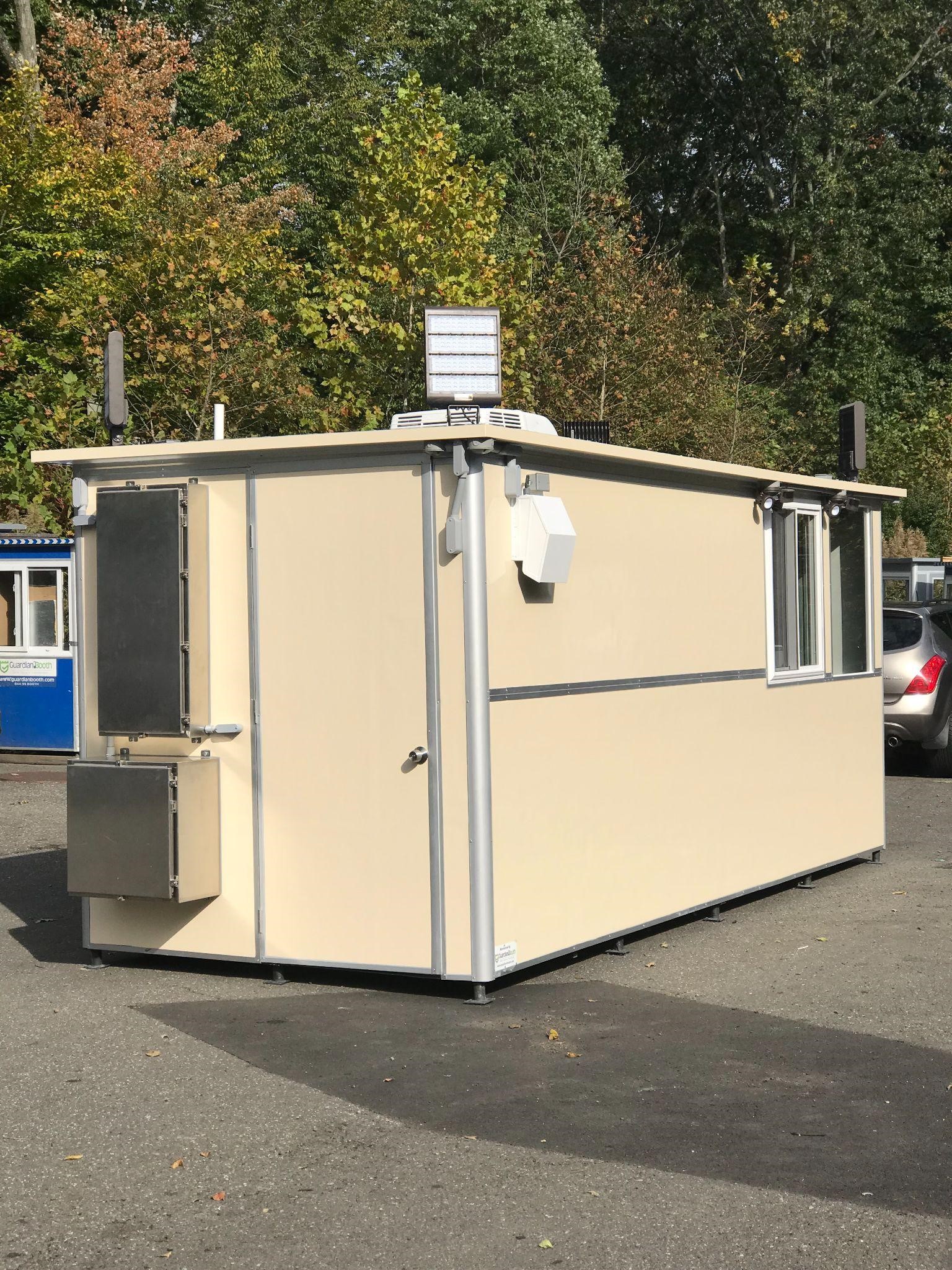
What you Need for Safe & Reliable Modular Computer Server Room or Data Center
Creating a safe and reliable modular computer server room or portable data center requires careful planning and consideration of various critical factors. These flexible solutions cater to businesses of all sizes, offering scalability and adaptability in an ever-evolving technological landscape. From determining the optimal size and location to implementing robust power management systems, climate control, and security measures, each aspect plays a vital role in ensuring the efficiency and longevity of your IT infrastructure. Proper equipment organization, fire suppression systems, and comprehensive monitoring further enhance the reliability of your portable server room.
By addressing these key areas, you can establish a secure, efficient, and adaptable portable server room for your critical IT operations, regardless of your organization’s size or specific needs. The following sections will delve into each of these crucial elements, providing you with a comprehensive guide to creating an ideal portable data center.
Requirements for Properly Setting Up a Server Room
There are many specific requirements that must be included when creating a server room. Since the computer server room is specifically designed for housing technological equipment, the stakes are higher than putting together other “basic” rooms or structures. One effective solution is using a prefab booth, which can provide a controlled and secure environment tailored to the unique needs of a server room.
Server Room Requirements: To ensure optimal performance and safety, a server room must adhere to several critical specifications. This includes proper ventilation and cooling systems to prevent overheating, robust fire suppression systems, and adequate power supply with backup options to avoid disruptions. Additionally, secure access control measures are essential to protect sensitive data and equipment from unauthorized access.
Server Room Setup: Setting up a server room involves careful planning and execution. It requires strategic placement of servers to optimize airflow and maintain efficient cooling. Cable management is another crucial aspect, as organized cabling helps in maintaining the system and reduces the risk of connectivity issues. Furthermore, regular maintenance and monitoring systems should be in place to promptly identify and address any potential issues.
Size and Placement of the Server Room
The first thing to consider is the size of your computer server room. While a small business server room may only need to be a few dozen square feet, a server room network that is used by multiple businesses may need to be several hundred square feet. The best thing to do is to calculate your needs and go from there. (Or calculate 50 to 100 kW per square foot).
Regardless of the size, location is also important. Ideally, server rooms should not share exterior walls. They should never be placed in basements or on top floors, either. This is due to the fact that there could be moisture, leaks, and other elements deposited from the connecting wall that could destroy the server room.
The server rooms should be free of windows and have enough space for proper organization and proper growth. Consider the ceiling, too. The ideal height is at least nine feet and should be a drop-style ceiling. It is important to adhere to server room standard size guidelines to ensure optimal performance and future scalability. Proper planning of server room size will help accommodate current equipment and allow room for expansion.
A few key pointers:
- Make sure that all racks have a 42-inch or more clearance
- Each rack should have proper grounding
- Computer equipment should not exceed 300 watts per square foot of electrical intensity

Power
It’s no secret – your server room needs power in order to operate. But the power must be reliable, and plugging computer equipment and data servers into utility power is not recommended (in case of a power outage, for example).
The better option is to use an Uninterruptible Power Supply, otherwise known as a UPS. The UPS is able to provide emergency power to your server room during the event of a sudden power outage. The UPS will be connected to a power distribution unit, which should be placed on one of the many server racks found in the server room.
Keep in mind that a UPS is only temporary, providing power for only a few short hours. It is not the cure-all for all types of power outages. For that reason, it is recommended to have multiple sources of power. A long-term option that can work conjointly with your UPS is an on-site generator.
Here are a few great ways to ensure the power will work reliably in your server rooms:
- Computer equipment power panels should be separate from HVAC
- No heat-generating equipment should be placed in server rooms
- An isolated ground and dedicated neutral should be provided for all electrical systems
- For emergency shutdowns, consider a shunt trip
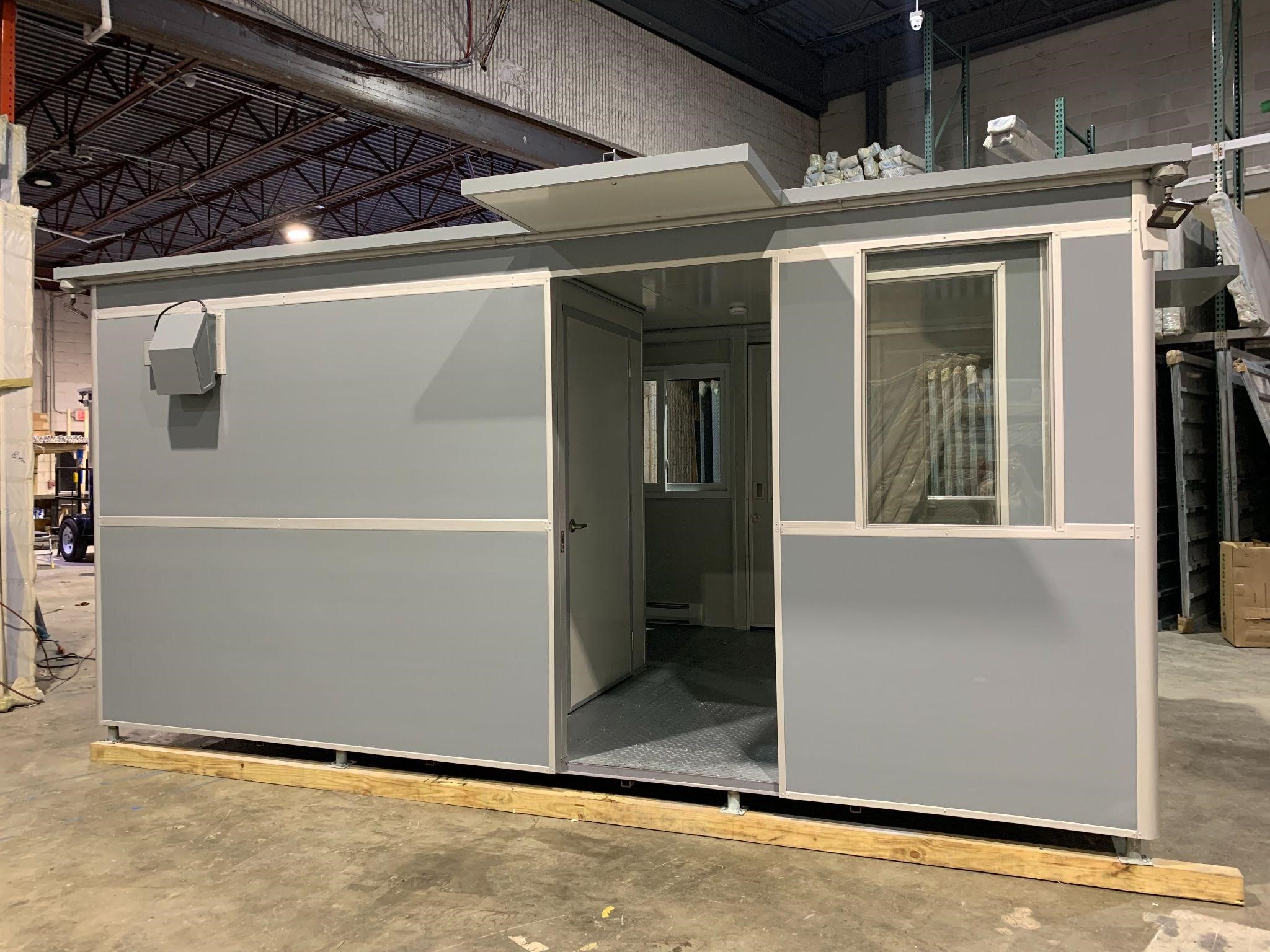
Temperature and Humidity Control
Perhaps one of the biggest things to consider is climate control. With an excess amount of technology and power being surged into one building, maintaining an ideal server room temperature and humidity level is imperative.
The recommended temperature range for server room is between 68 and 71 degrees. This will ensure that moisture and heat are properly controlled. What about humidity? What is the recommended humidity level for server rooms? The levels should be between 40% and 60% at all times.
Since the abundance of computer and data equipment generates a lot of heat, having the ideal server room temperature and humidity level will keep overheating and fires at bay.
That said, a temperature-controlled server room is a must. You can maintain server room temperature requirements and humidity levels by doing the following:
- Racks specifically designed for hot and cold configurations
- Cooling equipment, such as fans with variable speeds
- Under floor cooling system, which must be installed under a raised floor of at least 24 inches (raised floors can also be useful for cables, power outlets, and sensors, and can be useful in the event of an emergency)
- Air conditioning unit
- Adding a server room temperature monitor
If you’re wondering how to calculate BTU for server room cooling, here’s a handy guide.
Monitoring and Security
Protecting from overheating, fire, and radiation aren’t the only things to consider when creating your computer server room. You must also consider the possibility of burglaries and other security risks. Below are a few ways to ensure your server rooms remain safe and secured at all times.
- Always keep the doors locked
- Do not have a sign indicating the room is used as a server room
- All entry options should be secured to be able to withstand break-ins
- If there are windows, they should be secured with grids, locks, hatches, etc.
- Equip accessible workers with badges or ID cards
- Put together an authorization concept
- Document all presence in the server room
Video surveillance is also a great method of monitoring your server room. Not only can this protect against break-ins, but it can indicate if there is overheating, fires, water damage, etc. Just make sure that it is a data protection-compliant recording structure.
Keep in mind that networks should be monitored at all times, too. A break-in doesn’t always have to be physical. There is the potential for hackers to “break in” to your network system, compromising important and vital documents and information that should not be shared.
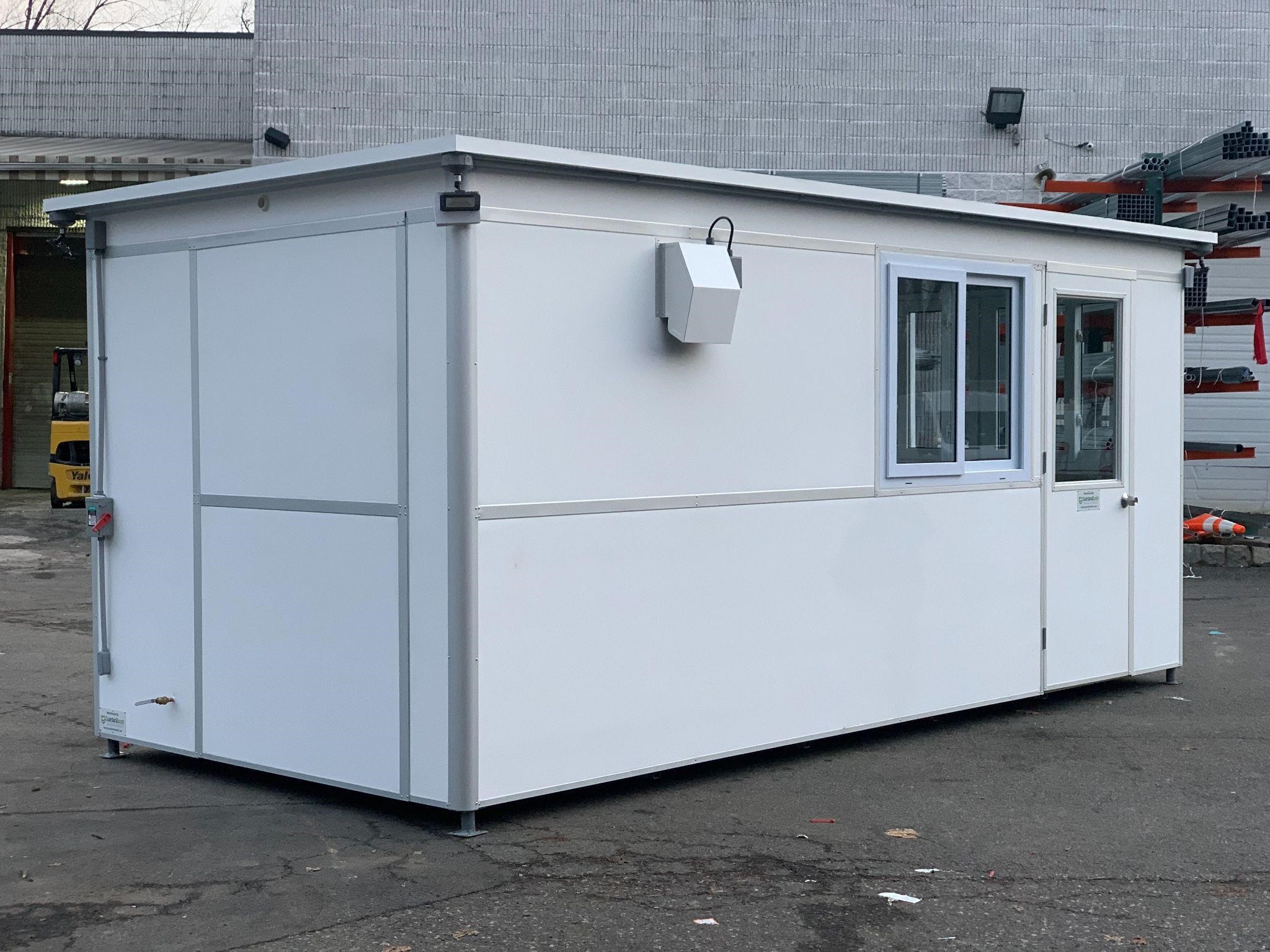
Fire Suppression
Even though your data center might have the ideal average server room temperature and it is equipped to stop break-ins in their path, it doesn’t mean you’re entirely free from the biggest fear that comes with putting together a computer server room: fires.
Server rooms are incredibly vulnerable to fires. That said, you shouldn’t rely on temperatures and raised floors alone. A proper fire suppression system should be invested in to stop fires should they occur.
Fire suppression equipment will utilize gas or other chemicals to extinguish fires as they arise. To install, most suppression systems will require pressure relief venting. So, consider adding this to your initial structure setup before investing in a fire suppression system.
Don’t forget the importance of installing simple smoke alarms, too. This alarm will coincide with the other alarms installed in the server room, such as the humidity, water, and temperature monitor and security alarm.
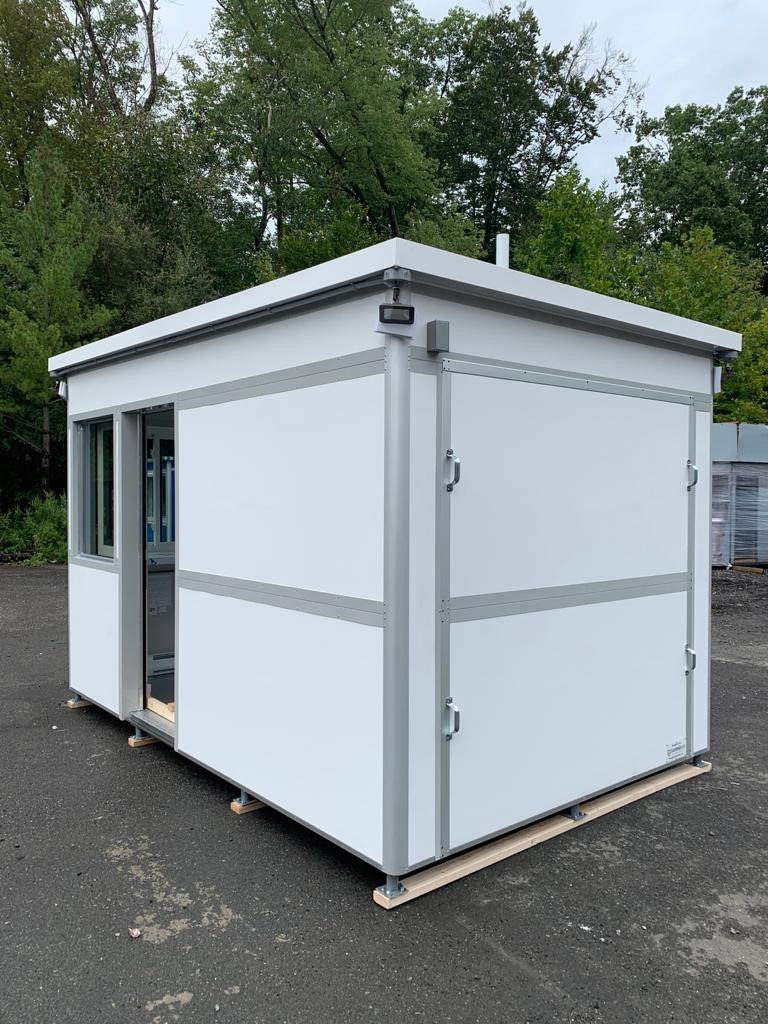
Designing a Server Room for Optimal Performance
As mentioned previously, the server rooms should be free of windows and have enough space for proper organization and proper growth. Consider the ceiling, too. The ideal height is at least nine feet and should be a drop-style ceiling. It is important to adhere to server room standard size guidelines to ensure optimal performance and future scalability. Proper planning of server room size will help accommodate current equipment and allow room for expansion.
When considering how to design a server room, key factors include ensuring proper ventilation and cooling systems, selecting appropriate flooring to support heavy equipment, and implementing robust fire suppression systems. Additionally, organizing the room for optimal workflow and easy access to equipment, along with installing adequate lighting, can greatly enhance the efficiency and maintenance of the server room.
FAQs
How much space do you need for a server room?
The size of a server room depends mostly on how much data networking and computer systems you plan to house. A three-bedroom home will require a much smaller computer server room than a three-story building.
Although the size can fluctuate, there should always be room for potential growth. You may not need to increase the size to fit computers or other systems, but you may need to add additional cooling units in the future.
Make sure that the ceilings are at least nine feet high and the building is windowless. Doors should also be large enough to install bigger servers. The recommended size is 42 inches wide and 8 feet tall. They should be heavy and lockable for security purposes.
What is a computer server room?
This question is the same as asking, What is a server room or data center? They’re the same thing. The goal is to house computers, data networking systems, and other technological equipment safely and securely.
Do server rooms require fresh air?
No, server rooms do not require fresh air. They do require a temperature-controlled room, though. In fact, this is one of the most important elements of putting together a computer server room. Cooling units are necessary for deterring overheating and fires.
Where should a server room be located?
Ideally, a server room is its own building that is not connected to any exterior walls. This provides the safest spot for the equipment and those who work in the structure.
Final Words
Creating a computer server room can be a daunting task with plenty of requirements, but each requirement serves a specific purpose. The biggest thing to remember is that the computer server room needs perpetual access to power, even in the event of a power outage. It also needs to be temperature-controlled to reduce the risk of overheating and fires. Lastly, it should be secured and monitored at all times.

